A new year, new hours. That’s the story with the Art Institute of Chicago. I’m all for experimenting with hours, but not this way. I think we need more evening hours, but the AIC — like the Cincinnati Art Museum last year and others — is going in the opposite direction.
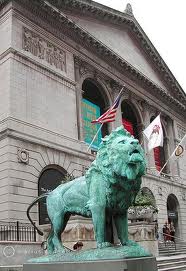 In a recent press release, the Art Institute quietly buried evening hours on Fridays, when it had closed at 8 p.m. The last late Friday will be Feb. 25.
In a recent press release, the Art Institute quietly buried evening hours on Fridays, when it had closed at 8 p.m. The last late Friday will be Feb. 25.
I emailed Erin Hogan, the spokeswoman, for an explanation, and she said:
we started keeping the museum open late on Friday nights when we opened the Matisse exhibition in late March 2010, to accommodate the additional crowds who came for the exhibition. People seemed to enjoy it, so we decided to keep the late Friday hours once the exhibition closed. However, attendance on those nights hasn’t remained at that level, and we simply aren’t getting enough visitors now to warrant keeping the entire museum open. We do get a lot more visitors on Thursday nights, due to that evening being our current free hours.
Ah, but change is coming to Thursdays as well. The same press release says that free Thursday evenings (sponsored by Target) will end on May 26. After that, the museum stays open until 8 p.m., but visitors must pay. Target said last year that it was refocusing its philanthropy toward education and away from support for free museum hours.
When will the museum be free? The times are not very convenient — never on a weekend, or an evening, when most people have time to go. Instead, the Art Institute will be free every weekday during January and until February 4, and thereafter on the first and second Wednesday of every month.
Got that? Are you going to remember that? Neither am I.
I realize that the Art Institute is trying to both increase revenue and manage crowds. But when we talk about access, to all, hours have to be part of the consideration. Working people like art, too.
More on hours here.

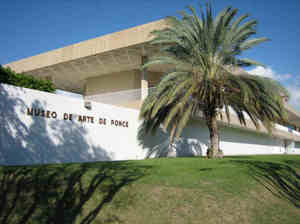
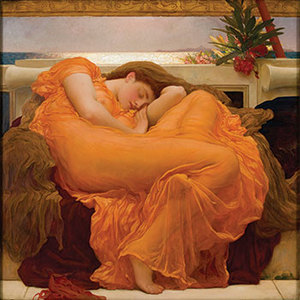
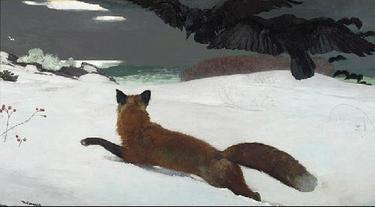
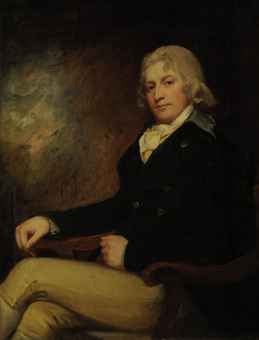 Later this month, the Carnegie Museum of Art will sell five paintings by George Romney that, it says, have not been on view since the 1930s, according to
Later this month, the Carnegie Museum of Art will sell five paintings by George Romney that, it says, have not been on view since the 1930s, according to 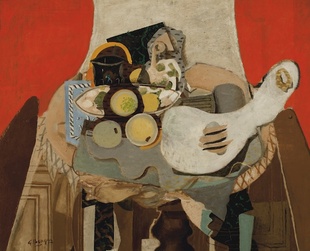
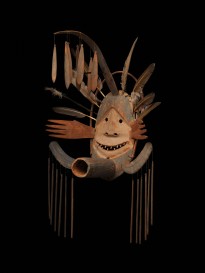 There, among its regular rotating features, are short articles on works of art: one is called “Backstory,” another “Objects of Desire,” and sometimes “Artifacts.”
There, among its regular rotating features, are short articles on works of art: one is called “Backstory,” another “Objects of Desire,” and sometimes “Artifacts.”